The 1831 sword models were taken up in dimensions more suitable for wearing on the belt from the 1840s.
These swords are called type 1831, "small models". They are numerous, and can have various blade profiles: diamond-shaped, fullered, fine, etc... They were used by officers of the National Guard,certain civil servants, firefighters, forest rangers...
Quality of execution depended on the fortune of the owner, who paid for his weapon himself.
BLADE: It is very well forged, since contrary to what we usually see, the tip is perfectly symmetrical, and the two fullers are strictly of the same length, which is seen only very rarely.
The etching decoration is abundant. The most characteristic element is a female dress, skirt and blouse, represented 3 times. On the chest is represented a bearded man's head... Above the robe is an ax either alone (twice) or accompanied by flags.
Clubs or "morgenstern" are shown crossed under the dress.
A shield and an ax towards the point on one face.
These performances are amazing. The female dress is perhaps an allusion to the dress of light with which God covered Saint Barbara during her martyrdom. This would go into the same direction as the triple representation of the dress, which recalls the 3 windows that Saint Barbara would have open in her tower to represent the Trinity
The axes can evoke as much the decapitation of Sainte Barbe, as the ax of the soldiers of the fire. The shield would then correspond to the symbolic representation of protection.
So this sword is probably a personal order which must have been very expensive at the time, for a senior fire officer. Length of the blade = 45 cm Hil: HILT :This is the classic bronze hilt of the 1831 model, with 26 strands. There is a very slight loose at the level of the blade-hilt junction, which I report only for the sake of accuracy.
SCABBARD : It is made of compressed leather, without a middle seam, which indicates a manufacture from 1847. Brass parts glued
In conclusion: Glaive 1831 called "small model", with an exceptional blade, probably intended to a senior officer of the fire brigade.














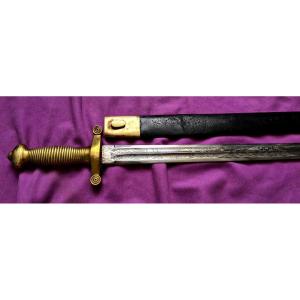












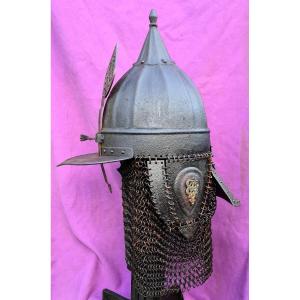
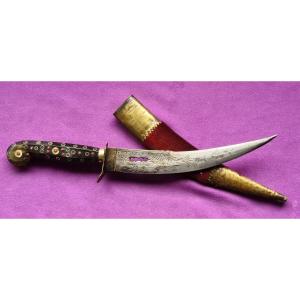


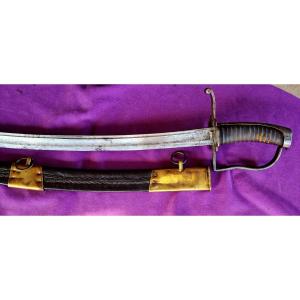
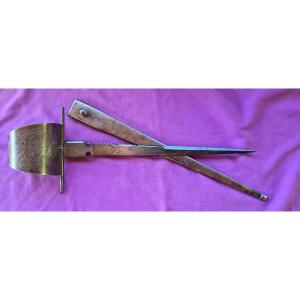

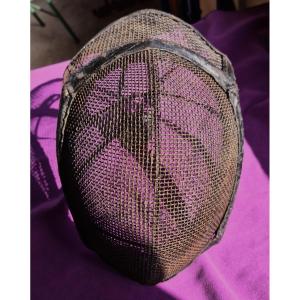


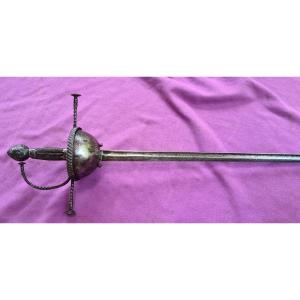




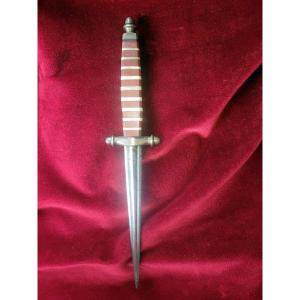
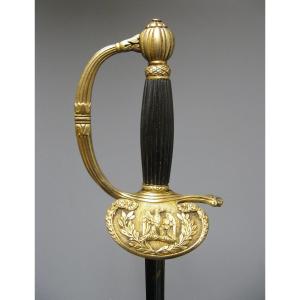

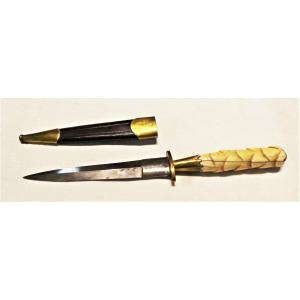
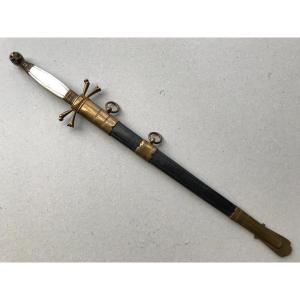



 Le Magazine de PROANTIC
Le Magazine de PROANTIC TRÉSORS Magazine
TRÉSORS Magazine Rivista Artiquariato
Rivista Artiquariato